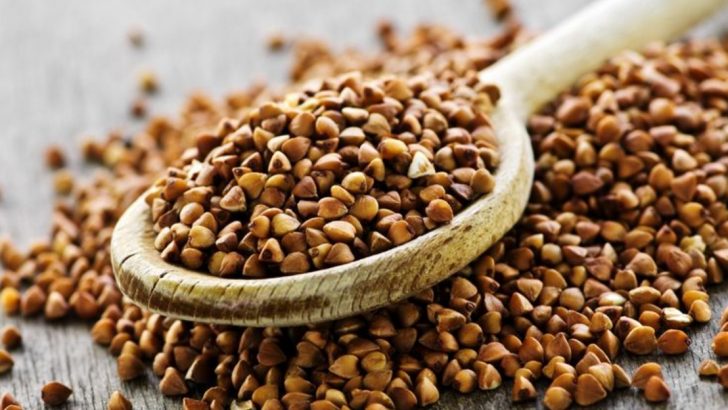Wheat dominates our plates, but it’s not the only grain in town – or even the best one! From ancient superfoods to modern kitchen staples, countless other grains pack more nutrition and flavor than everyday wheat.
Ready to shake up your meals with grains that won’t bloat your belly or spike your blood sugar? These 12 powerhouse alternatives will revolutionize everything from your morning porridge to dinner side dishes.
1. Quinoa
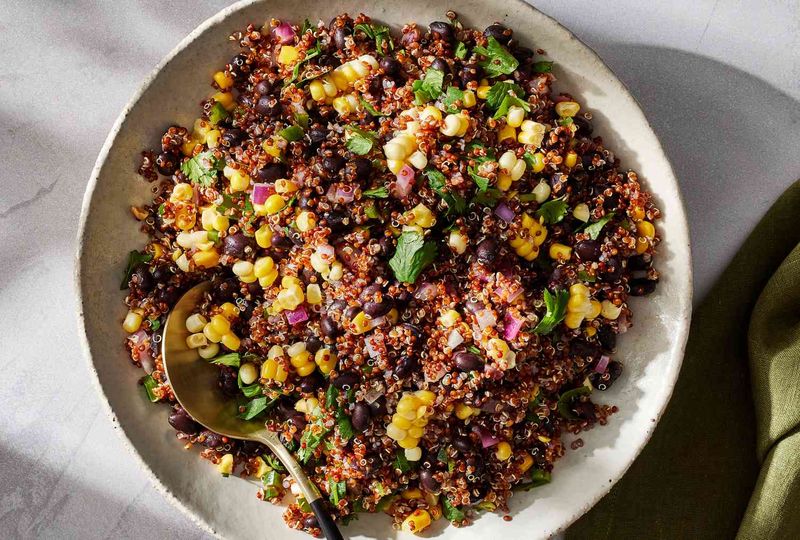
Forget everything you thought you knew about grains – quinoa breaks all the rules! This South American superfood isn’t technically a grain at all, but a seed related to spinach and beets. Who knew?
Quinoa packs a serious nutritional punch with all nine essential amino acids your body can’t make on its own. The tiny pearls cook in just 15 minutes, transforming into fluffy, slightly crunchy morsels with a nutty flavor.
2. Amaranth

Holy protein powerhouse! Amaranth delivers a whopping 9 grams per cup – blowing wheat’s measly 4 grams out of the nutritional water. These microscopic pearls were once so sacred to the Aztecs they used them in religious ceremonies.
Pop amaranth like miniature popcorn for a crunchy snack that explodes with nutty flavor. The tiny grains release a gelatinous coating when cooked, creating porridges so creamy you’ll swear they contain dairy.
3. Buckwheat

Plot twist! Buckwheat isn’t wheat at all – it’s actually related to rhubarb. These pyramid-shaped kernels contain more antioxidants than many fruits and vegetables, making your morning kasha a heart-protecting powerhouse.
Russian grandmothers have sworn by buckwheat’s healing powers for centuries. The complete protein profile and resistant starch work together to keep blood sugar levels steady for hours – no mid-morning crash here!
4. Millet

Yes, it’s in your birdseed mix – but millet deserves a prime spot on your plate! This tiny yellow powerhouse is the only alkaline grain in existence, making it a secret weapon against inflammation and digestive woes.
Drought-resistant millet requires 30% less water than wheat, making it an environmental superstar. It’s also naturally gluten-free and rich in magnesium, making it a smart pick for heart health and steady energy.
5. Teff
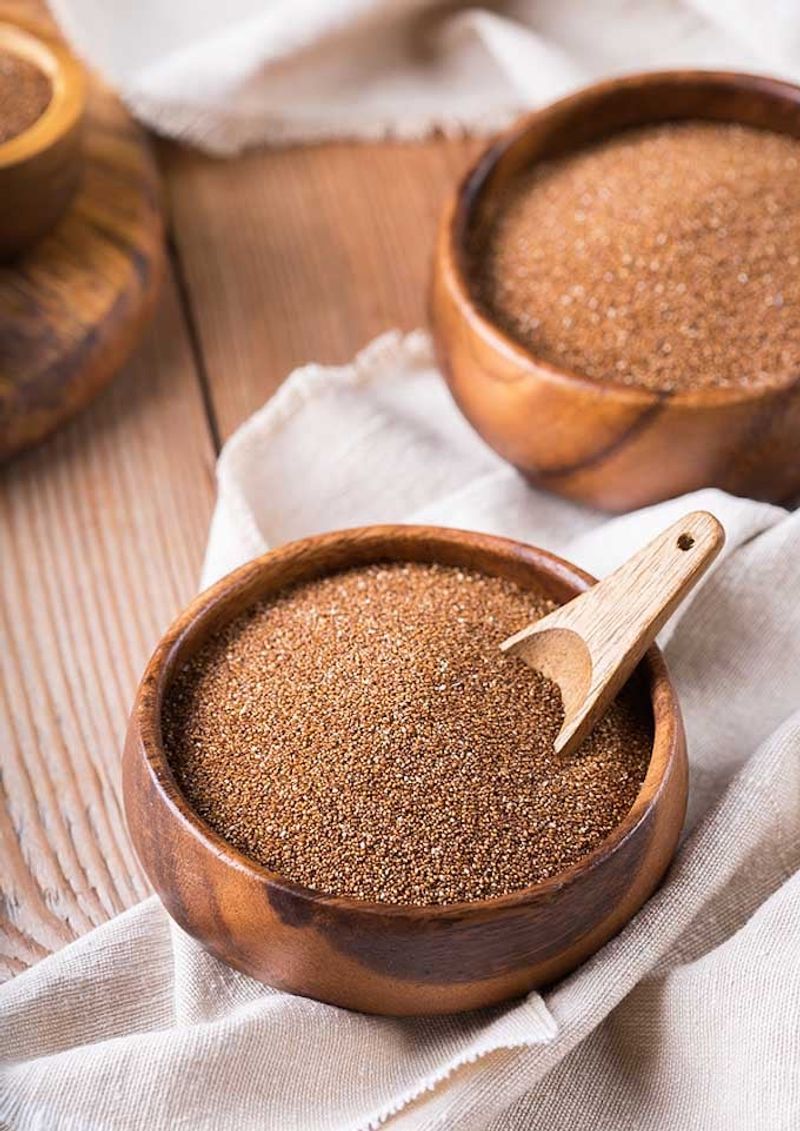
Smaller than a poppy seed but packing more calcium than any other grain on earth! A single pound of teff contains a mind-boggling 1.5 million individual grains.
Traditional injera flatbread uses teff’s natural fermentation properties to create a sourdough-like tang. The grain’s high resistant starch content feeds your gut microbiome like a probiotic feast, explaining why Ethiopians enjoy some of the healthiest digestive systems worldwide.
6. Sorghum
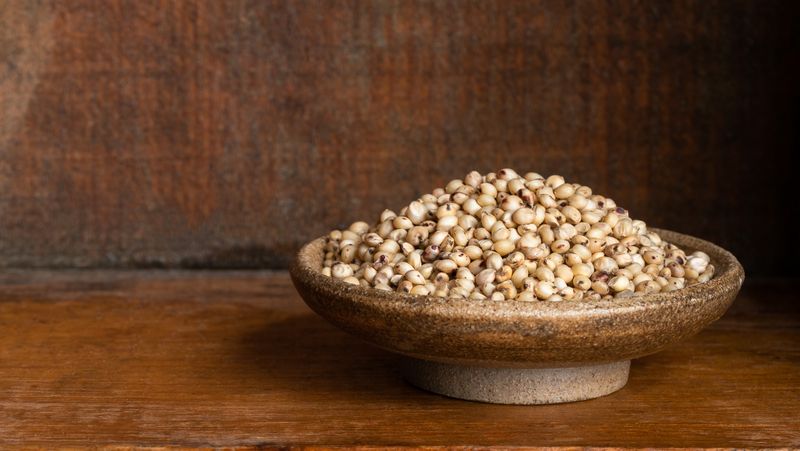
Zombie apocalypse? Grow sorghum! This indestructible grain thrives in brutal conditions that would kill wheat faster than you can say “climate change.” Native to Africa, sorghum laughs at 100-degree temperatures while storing water in its thick stalks like a botanical camel.
Pop the whole kernels like popcorn for an addictive snack that puts microwave popcorn to shame. The sweet, slightly grassy flavor transforms into a rich, nutty profile when toasted – think corn meets barley with a hint of vanilla.
7. Farro
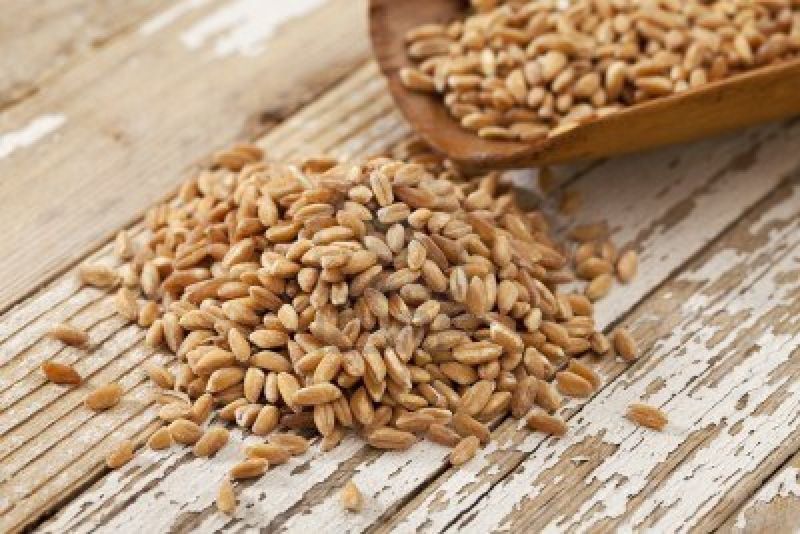
Roman legions conquered the world powered by this chewy, nutty grain! Farro fueled ancient armies with its exceptional protein content and slow-burning complex carbs.
Stubborn farro refuses to get mushy even when overcooked, maintaining a delightful al dente bite that makes risottos and soups infinitely more interesting. The plump, coffee-colored kernels absorb flavors like sponges while releasing starch that creates naturally creamy textures.
8. Barley
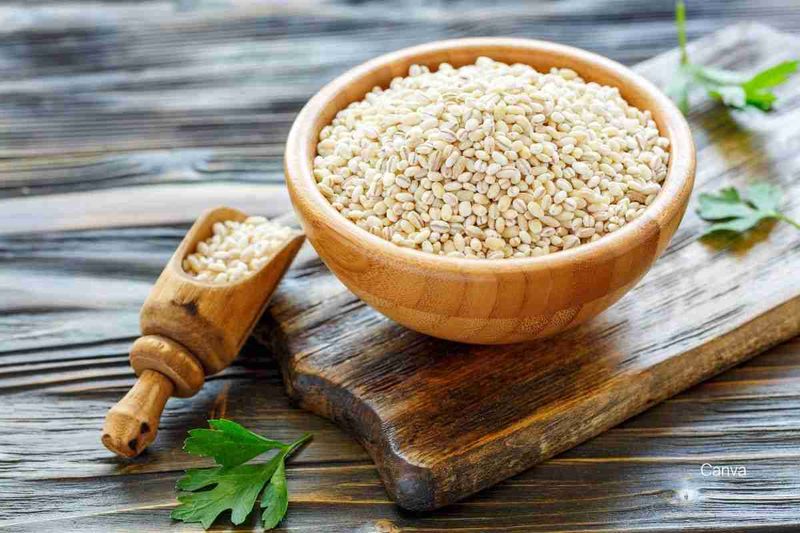
Barley makes wheat look nutritionally bankrupt! This humble grain contains beta-glucans – soluble fiber superstars that can drag cholesterol out of your bloodstream faster than a street sweeper.
Pearl barley’s chewy texture transforms ordinary soups into satisfying meals. The slightly sweet, nutty flavor develops a remarkable depth when toasted – like oats and brown rice had a delicious baby.
9. Freekeh
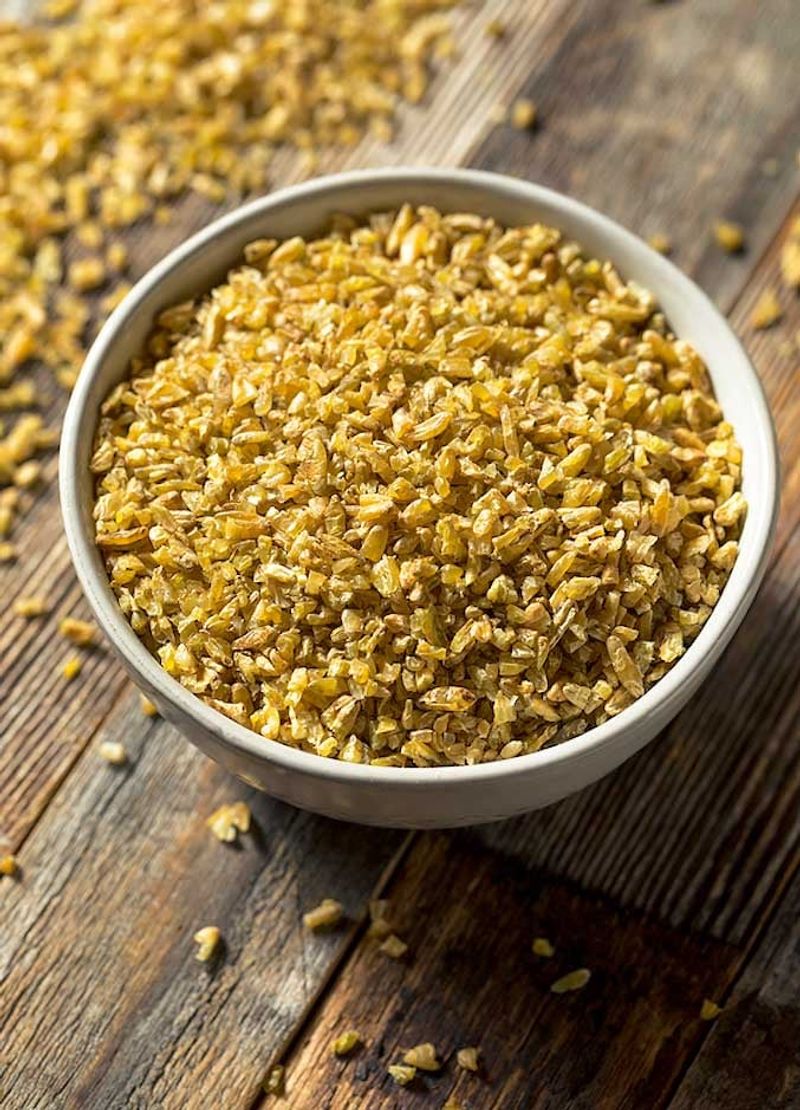
Freekeh isn’t just fun to say – it’s young green wheat harvested early and set on fire! This ancient Middle Eastern process creates smoky, chewy grains bursting with flavor that mature wheat can only dream about.
Nutritionally, freekeh demolishes regular wheat with nearly four times the fiber and protein. The young kernels are harvested while nutrients are at their peak, then the controlled burning seals in that nutritional goldmine while creating complex smoky notes.
10. Spelt

Spelt was feeding Europeans 9,000 years ago – long before processed wheat turned our bread into nutritionally empty puff pillows! This ancient grain contains rare nutrients virtually extinct in modern wheat, including special carbohydrates that feed your beneficial gut bacteria.
Its unique gluten structure breaks down more easily during digestion, explaining why many wheat-sensitive folks can devour spelt bread without distress.
11. Kamut

Legend claims this massive ancient grain was discovered in King Tut’s tomb! Whether true or clever marketing, Kamut (pronounced kah-MOOT) delivers kernels twice the size of modern wheat with a buttery richness that makes regular wheat taste like wet cardboard.
Kamut’s protein content crushes ordinary wheat – 40% more protein plus higher amounts of selenium, zinc, magnesium, and healthy fats. The massive kernels maintain their firm, chewy texture even when fully cooked, making them perfect for grain salads that won’t turn to mush.
12. Rye

Viking warriors dominated northern Europe fueled by this remarkable grain! Rye thrives in cold, harsh environments where wheat would curl up and die. The resilient kernels produce dense, moist breads that keep sailors and farmers satisfied through brutal Scandinavian winters.
Rye contains unique fiber compounds that trigger exceptional fullness hormones. Studies show people eat 25% less at their next meal after consuming rye – explaining why Nordic populations maintain healthier weights despite their love of butter.

